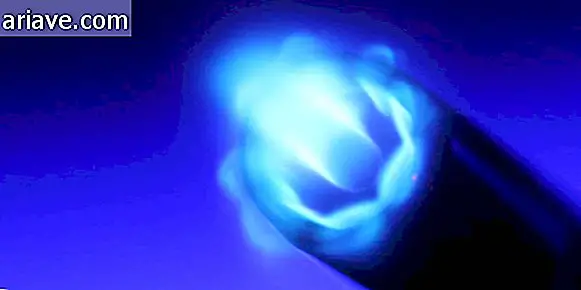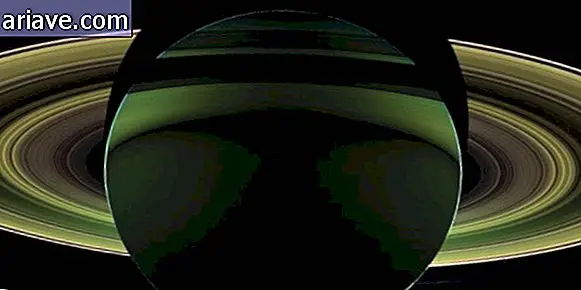Black hole in the center of the Milky Way prepares for a meal [video]
Here's something you don't see every day: a black hole feeding. According to astronomers, the huge Sagittarius A * (or Sag A *), located in the center of the Milky Way, is expected to swallow by midyear a cloud of gases three times larger than Earth's. Of course, the occasion is celebrated by astronomy, being the first opportunity to understand how a black hole attracts objects to its center.
Over the next August, the gas cloud known as G2 will pass at a distance of 36 light years from Sag A * (seven times the distance between Pluto and the Sun for comparison). According to scholars, the results of the approximation depend directly on the nature of G2.
Spaghetti
When it comes to the 'gas cloud', however, it is worth noting: there is no absolute consensus on the nature of the enormous mass approaching Sag A *. If it is really a gas heap, the phenomenon is expected to unfold into a "spaghetti" - a progressive breakdown of G2 material, following the natural movement of the galaxy (as shown in the video below).
Thus, when swallowed by the black hole, the cloud will be overheated and will emit x-rays, which can be detected from Earth. Depending on how fast the material is picked up, this may be a process that can extend over several years.
G2 can also be something else ...
Although the idea of a cloud of gas seems to be the most accepted, some astronomers argue that G2 may be the remains of a protoplanet (a planet in formation) - a formation with dust and rocks - or even a star. In either case, however, the result would be the same: the structure would possibly pass unharmed by Sag A *.
Is there danger for these bands?
Although it may serve as food for apocalypse theorists - who, like a black hole, seem to be able to feed on anything - it is highly unlikely that Sag A *'s meal will generate any sort of coughing around here. This is mainly because of the considerable distance: Earth is located on the periphery of the Milky Way, at a distance of 27, 000 light years from the center of the galaxy.

But that also means something else: G2 (whatever) went through the black hole 27, 000 years ago. We will see the event only now because it took time for light to travel all the way here.
Invisible since the 1970s
It was in 1974 that astronomers realized that something with a huge amount of mass occupied the central position of the Milky Way. However, despite the intense studies, it was never possible to observe Sag A * directly.

Firstly, because there is a huge amount of dust occupying the space to the point where the black hole is located. Second, because gravity in a similar structure is so incredibly intense that not even light can escape.
Thus, the observation of Sag A * is possible only through the capture of infrared rays - by which it has been determined, for example, that it is a mass of 4.31 million suns. Science is currently busy figuring out exactly what the role of black holes is in the formation of galaxies.











